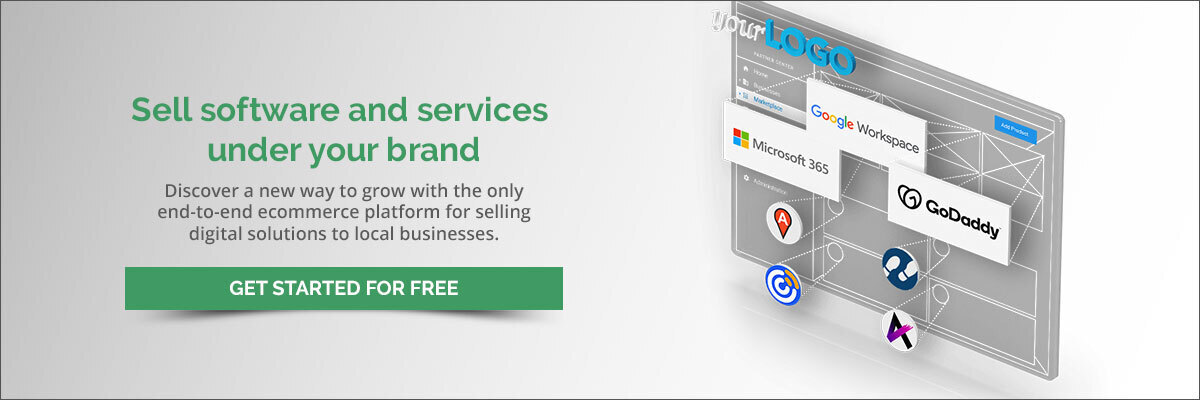The following is a guest post from Kate Simpson at Assignment Masters.
How can you implement the psychological marketing techniques the big brands use in your digital marketing? What you need to do is spend millions of dollars on research to understand the psychology of your customers. Or, you can copy the big brand companies and do what they do, since they have already spent millions on psychological research. Ideally, you should copy big brands in your industry, but as you will see in the examples below, many psychological factors are present in most people, no matter what they’re buying.
3 Examples of Psychological Marketing
#1 Social Media Engagement
The more time and effort people invest into something, the more emotionally tied they become to that thing. People are able to create bonds with almost anything, and that includes your business’s social media accounts. You can use this empathy to your advantage with psychological marketing techniques. If you can keep people interested in your social media activity, you are on the right track. If you can also get them to frequently engage with your social posts with likes, comments and shares, then people will be less willing, or able, to abandon your company/brand.
Honest Trailers
The creators of Honest Trailers are called Screen Junkies. They have tens of channels, but the only one that’s genuinely successful is Honest Trailers. It is a high quality channel, and Screen Junkies encourages their viewers to take part.
First, they take people’s suggestions on which movies to feature and they display the suggestions at the start of every video. Second, they ask their users to write what they want the Honest Trailer’s guy to say in his “epic voice.” At the end of each video, the Honest Trailers narrator says whatever quotes people have given him via the YouTube comment section.
💡 Social media tip - Keeping people interested is only part of the process. To gain true customer loyalty, you need to find a way of letting them contribute and invest their time and effort into your social media channels.
#2 Landing Pages, Buying Pages and Checkout
People seem to spend more when they have digital money rather than when they have cash in their hands. In fact, one study found that consumers spend 12-18% more when making a purchase with a credit card rather than cash (NerdWallet). This fact is so powerful that many online money-saving blogs suggest people withdraw money and spend hard cash when they shop in order to stop them from splurging.
Amazon
Amazon is well aware of this fact, and adds minor details to their website for psychological marketing. This is why they put their checkout in the top right corner, and that is why they provide your running total in a small and easily-missed font. People probably wouldn’t spend as much of their digitized money if the running total took up ¼ of the page.
Another sneaky trick that Amazon uses is to show a running total of your current purchases without showing the delivery costs. The delivery costs only appear at the very end, so people don’t realize how much they’re spending until they have put in all their shopping work and are ready to check out.
💡 Checkout tip - Remember that people spend digital money more easily, so do what you can to encourage sales within your platform or on your site. Do what Amazon does, but consider having free delivery for physical items, which may help eliminate criticism that your prices/costs are not transparent.
#3 Email Marketing and Monetary Rewards Systems
Email marketing is 40x more effective than Facebook and Twitter at converting customers into consumers, so what should you be sending people? Giving people monetary rewards for buying from you is a fantastic idea, and is far less overused than giving people post-purchase discounts. After all, which would prompt you to make a second purchase: a $5 discount voucher, or $5 of unspent credit on your account?
However, some social psychology researchers say that a thank you is more valuable than a monetary reward. One may believe this in a person-to-person framing, but a thank you from a faceless company is often less valuable. On the other hand, if you give a monetary reward for buying, people may be unimpressed and un-swayed unless it is a significant amount.
Superstores
Large superstores have found a way around this by giving points instead of cash. One point is only worth one cent, and people would be unimpressed if they spent $50 and received 50 cents, but people seem to be more impressed if they receive 50 points.
💡 Email tip - Give people rewards after they purchase and send it as part of a thank-you email. Give them a thank you and a monetary reward. If you cannot give large monetary rewards or account credits, try developing a points system.
What to Do Next
You are at the mercy of bigger brands’ psychological marketing influence all the time. All you have to do is examine your own buying behavior and brand loyalty to figure out your next trick. Ask yourself why supermarkets offer multi-pack deals on products that quickly expire, such as yogurts. Ask yourself why the pick-and-mix tubs are so close to the floor, or why some aisles seem to be larger than others. What psychological marketing secrets can you discover?
This is a guest post from Kate Simpson at Assignment Masters.


 By
By 